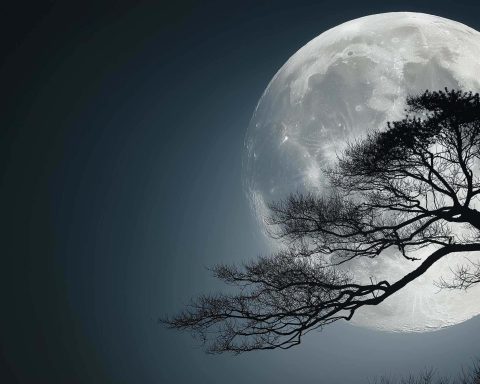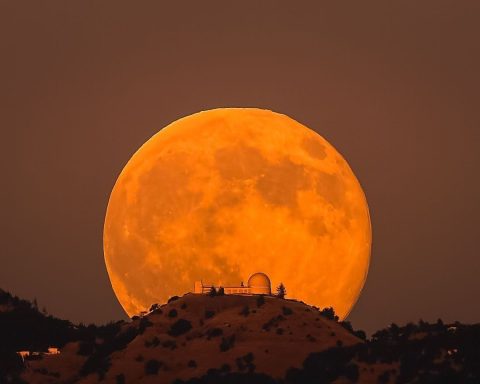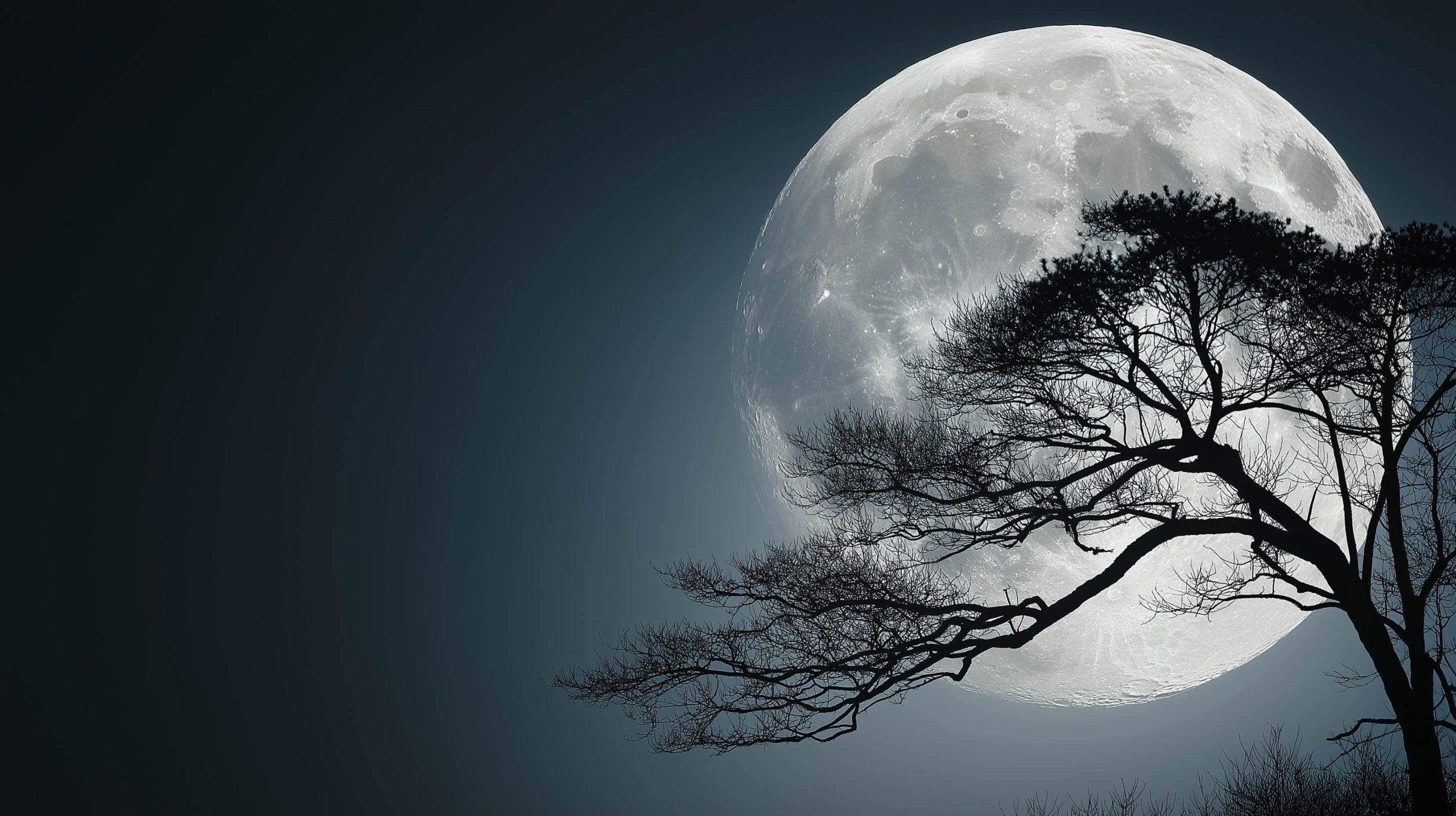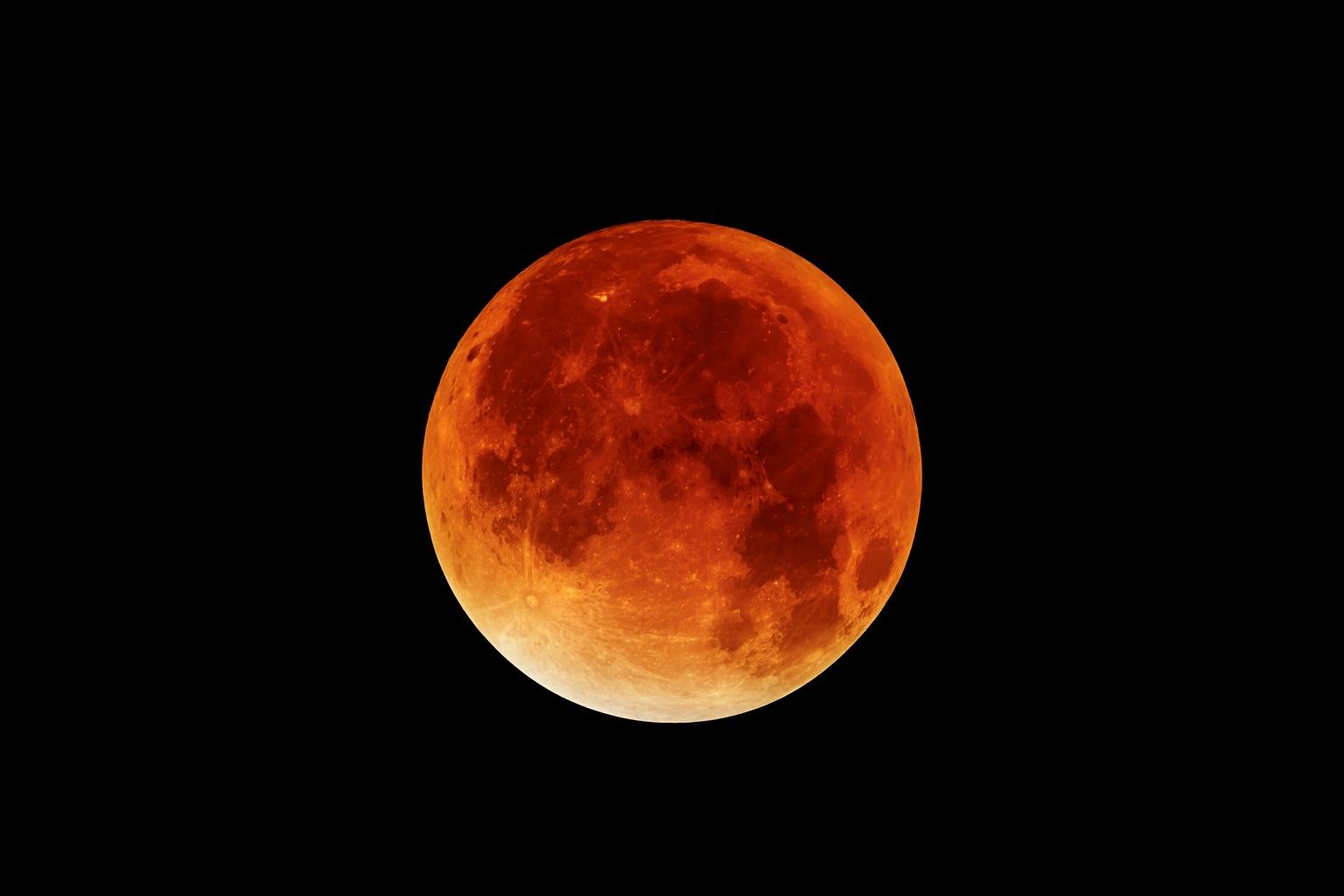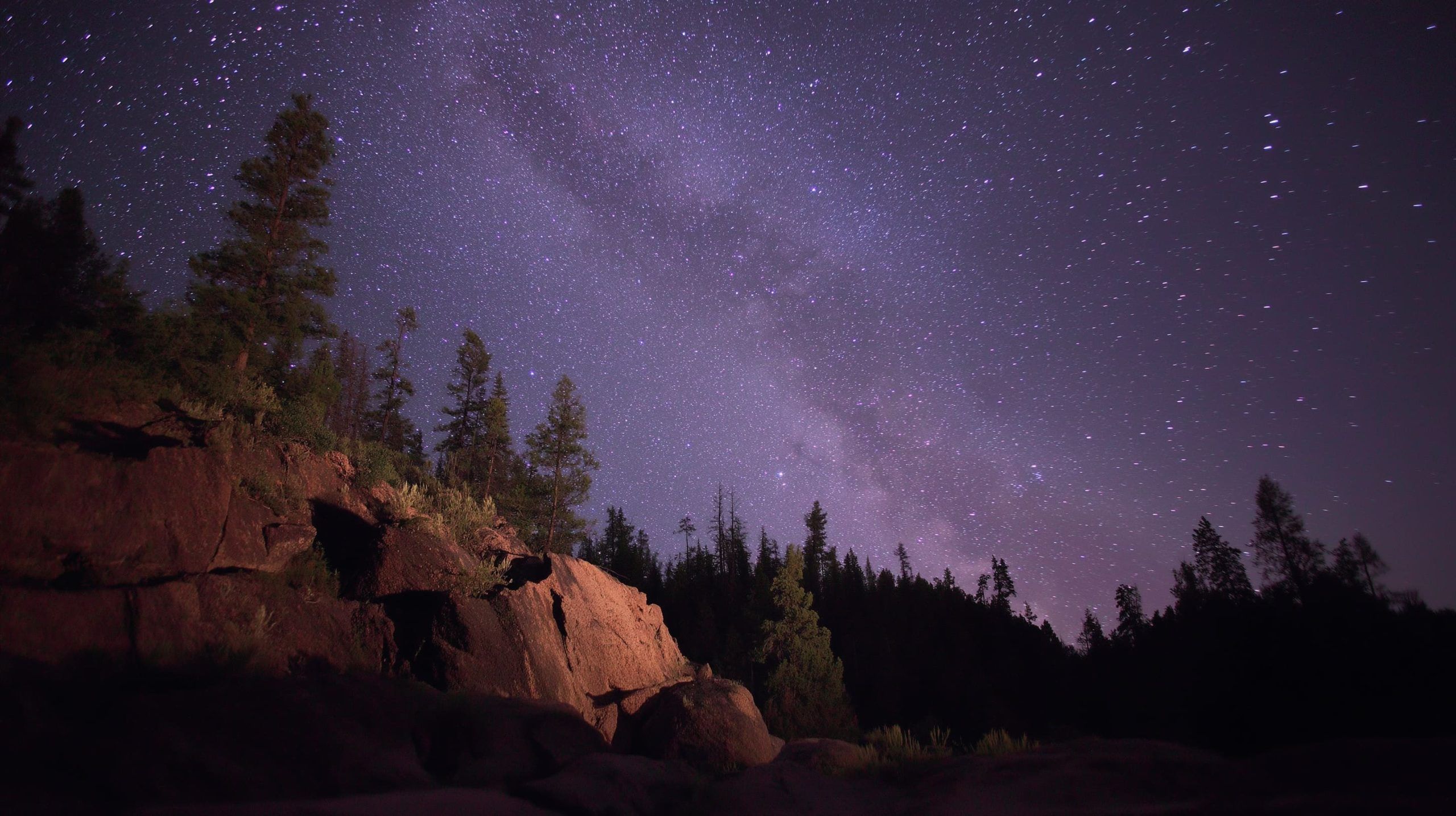
December Full Moon 2025: Cold Moon Supermoon Peaks Tonight – Times, Pleiades Occultation, Astrology & Viewing Guide
On Thursday, 4 December 2025, the final full Moon of the year lights up the sky — and it’s a big one. December’s full Moon, traditionally called the Cold Moon, will also be a supermoon, reaching peak brightness at 23:14
